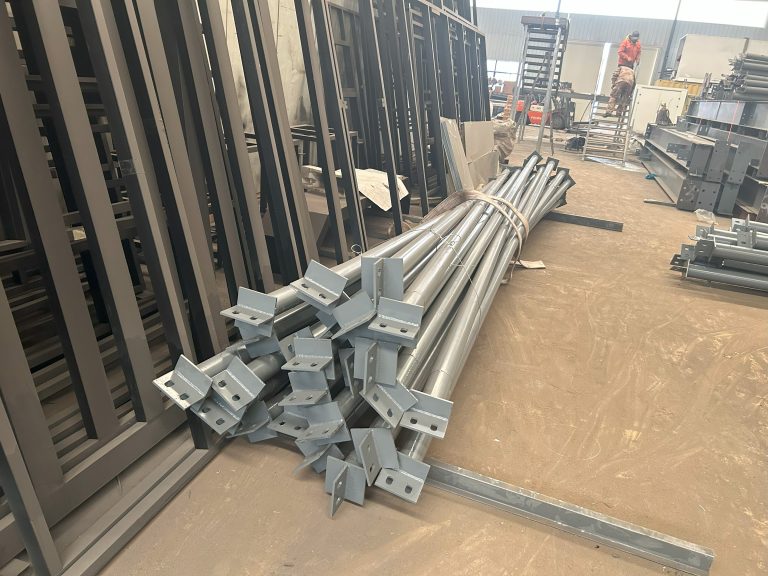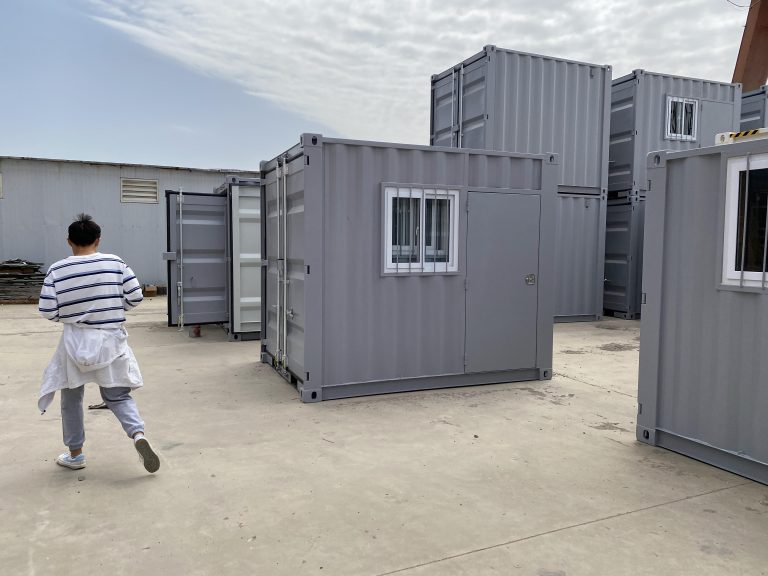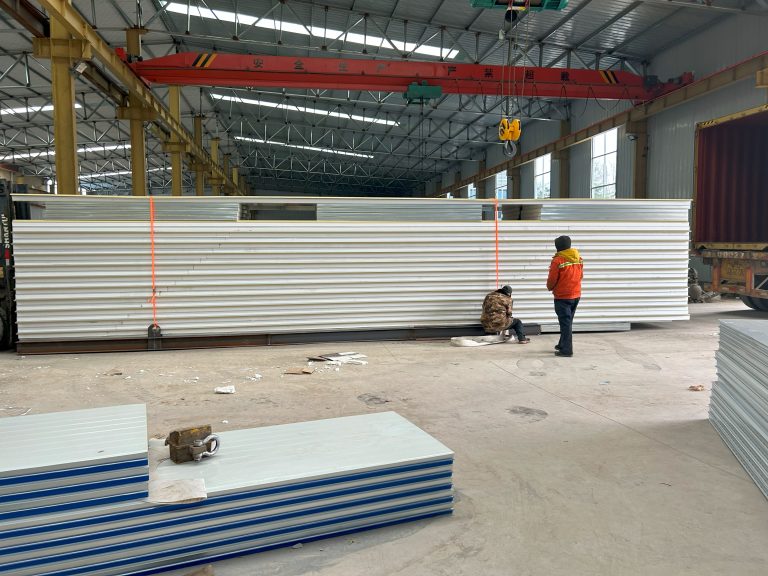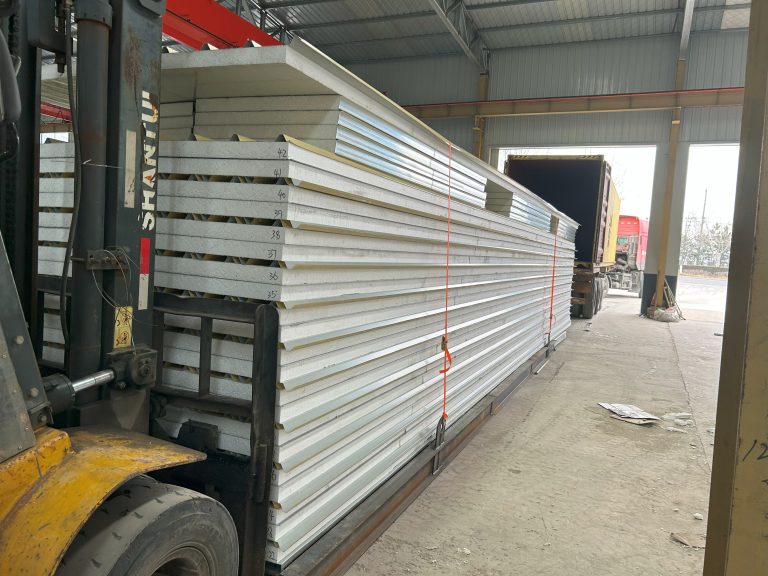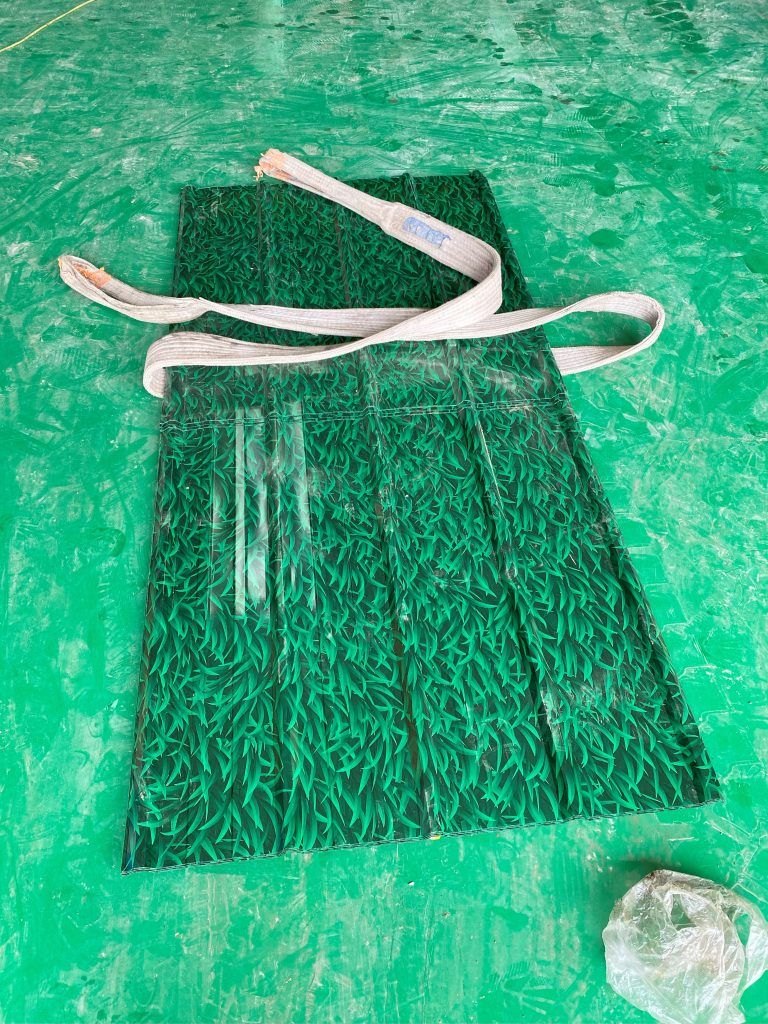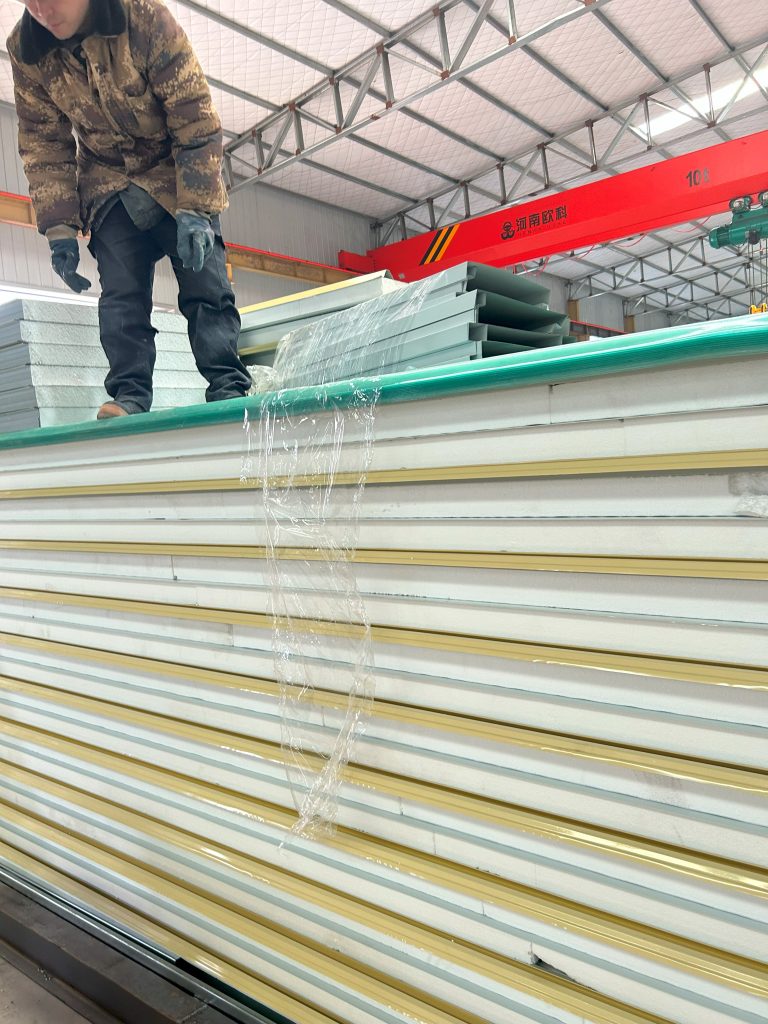Adaptive design of container house in polar research station
Table of Contents
Benefits of Using Adaptive Design in Container Houses for Polar Research Stations
Polar research stations are essential for scientists to conduct research in some of the most extreme environments on Earth. These stations provide a base for researchers to study climate change, wildlife, and other important scientific phenomena. One of the key challenges in building and maintaining these stations is the harsh weather conditions that they are subjected to. In order to address this challenge, many research stations are now turning to adaptive design in the construction of container houses.
Adaptive design is a concept that involves designing buildings and structures that can adapt to changing environmental conditions. In the case of polar research stations, this means designing container houses that can withstand extreme cold temperatures, high winds, and heavy snowfall. By using adaptive design principles, researchers can ensure that their living and working spaces are safe, comfortable, and functional in even the most challenging conditions.

One of the key benefits of using adaptive design in container houses for polar research stations is increased durability. By incorporating features such as reinforced walls, insulated windows, and weather-resistant materials, researchers can ensure that their container houses are able to withstand the harsh conditions of the polar regions. This increased durability not only protects the researchers and their equipment, but also helps to reduce maintenance costs and extend the lifespan of the structures.
Another benefit of adaptive design in container houses for polar research stations is improved energy efficiency. By incorporating features such as solar panels, wind turbines, and energy-efficient appliances, researchers can reduce their reliance on fossil fuels and minimize their impact on the environment. This not only helps to reduce operating costs, but also allows researchers to conduct their work in a more sustainable and environmentally friendly manner.
In addition to increased durability and improved energy efficiency, adaptive design in container houses for polar research stations also offers greater flexibility and versatility. By designing modular structures that can be easily expanded or reconfigured, researchers can adapt their living and working spaces to meet changing needs and requirements. This flexibility allows researchers to make the most of limited resources and space, while also ensuring that their container houses remain functional and comfortable in the face of changing conditions.
Overall, the use of adaptive design in container houses for polar research stations offers a number of benefits for researchers working in extreme environments. By increasing durability, improving energy efficiency, and providing greater flexibility, adaptive design helps to ensure that researchers can conduct their work safely and effectively in some of the most challenging conditions on Earth. As the need for polar research stations continues to grow, the use of adaptive design will play an increasingly important role in ensuring the success and sustainability of these vital scientific facilities.
Challenges and Solutions for Implementing Adaptive Design in Container Houses for Polar Research Stations
Polar research stations are essential for scientists to conduct research in some of the most extreme environments on Earth. These stations must be able to withstand harsh weather conditions, extreme temperatures, and isolation for extended periods of time. One challenge that researchers face when designing these stations is creating a living space that is both functional and comfortable for the scientists working there. One solution to this challenge is the use of adaptive design in container houses.
Adaptive design is a concept that involves creating spaces that can be easily modified or adjusted to meet the changing needs of the occupants. In the case of polar research stations, this means designing container houses that can be adapted to the unique challenges of living and working in a remote, icy environment. One of the main challenges of designing container houses for polar research stations is the extreme cold. Temperatures in polar regions can drop well below freezing, making it essential to create a living space that is well-insulated and able to retain heat.
One solution to this challenge is the use of high-quality insulation materials in the construction of container houses. By using materials such as foam insulation and double-glazed windows, researchers can create a living space that is well-insulated and able to retain heat even in the coldest temperatures. In addition to insulation, another challenge of designing container houses for polar research stations is the limited space available. Container houses are typically small and compact, making it essential to maximize the use of space and create a functional living environment for the scientists working there.
One solution to this challenge is the use of modular design in the construction of container houses. By creating modular living spaces that can be easily rearranged or expanded, researchers can create a living space that is both functional and adaptable to the changing needs of the occupants. For example, researchers may need to add additional sleeping quarters or workspaces as the size of the research team grows. By using modular design, researchers can easily add or remove living spaces as needed, creating a flexible living environment that can be adapted to the changing needs of the occupants.
Another challenge of designing container houses for polar research stations is the need for sustainability. In remote polar regions, resources are limited, making it essential to create a living space that is energy-efficient and environmentally friendly. One solution to this challenge is the use of renewable energy sources in the construction of container houses. By using solar panels, wind turbines, and other renewable energy sources, researchers can create a living space that is self-sufficient and able to generate its own power.
In conclusion, the adaptive design of container houses for polar research stations presents a unique set of challenges and solutions. By using high-quality insulation materials, modular design, and renewable energy sources, researchers can create a living space that is well-insulated, functional, and sustainable. By incorporating adaptive design principles into the construction of container houses, researchers can create a living space that is able to meet the changing needs of the occupants and withstand the extreme conditions of polar regions.

